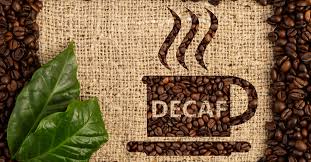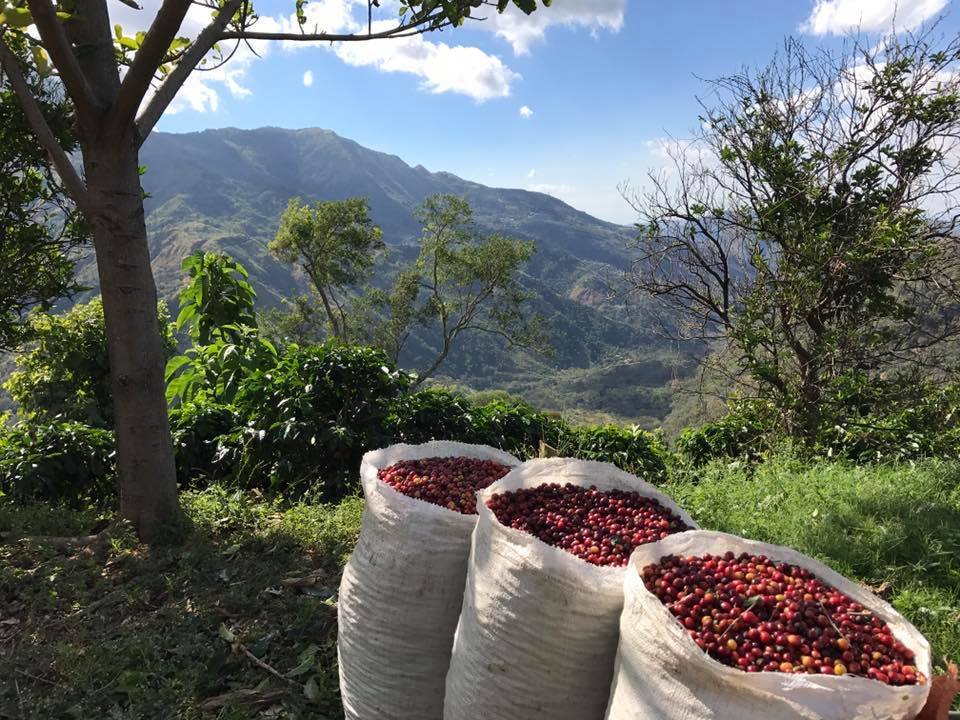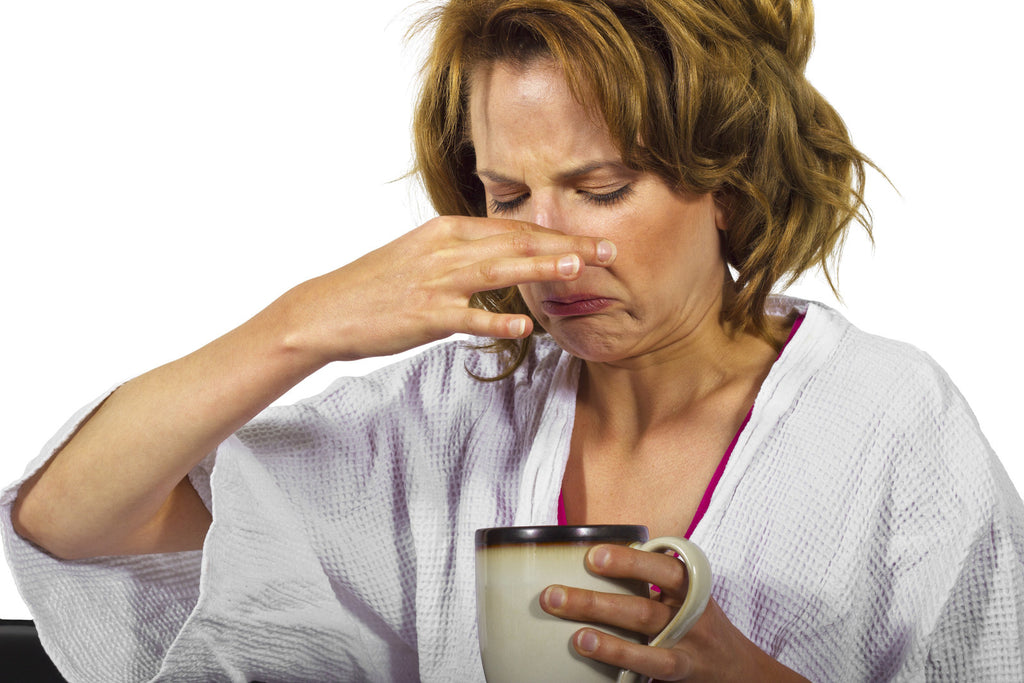Reprinted from the National Coffee Association (NCA)
Independent scientific evidence shows coffee, with or without caffeine, is associated with many unique health benefits, including increased longevity and decreased risk of multiple cancers and chronic diseases.

More than 90% of American coffee drinkers choose caffeinated brews, but decaf is a great option for those who want the taste and social connections of drinking coffee without the energy boost of caffeine. Luckily, a serendipitous accident in 1905 swamped a shipment of coffee beans with seawater, washing the caffeine out and prompting the development of modern decaffeination methods.
How is coffee decaffeinated?
Like regular coffee, decaf coffee begins as green, unroasted beans. The hard beans are warmed and soaked in liquid to dissolve and remove the caffeine in one of four ways: using water alone, using a mixture of water and solvents (most commonly methylene chloride or ethyl acetate) applied either directly or indirectly, or using water and “supercritical carbon dioxide.”
All four methods are safe, and once the caffeine is removed (well, at least 97% of it), the beans are washed, steamed, and roasted at temperatures that evaporate all the liquids used in decaffeination.
How much caffeine is in decaf coffee?
Decaffeination removes about 97% or more of the caffeine in coffee beans. A typical cup of decaf coffee has about 2 mg of caffeine, compared to a typical cup of regular coffee, which has about 95 mg of caffeine.
Is decaf coffee bad for you?
Like all coffee, decaffeinated coffee is safe for consumption and can be part of a healthy diet.
If you are wondering whether the decaffeination process itself is safe, the answer is yes. All four methods are safe, and once the caffeine is removed (well, at least 97% of it), the beans are washed, steamed, and roasted at temperatures that evaporate the liquids used in decaffeination.
The U.S. Food and Drug Administration has set a rigorous standard to ensure that any minute traces of solvents used to decaffeinate coffee are safe. FDA measures these traces in “parts per million.” After decaffeination, coffee can contain no more than 10 parts per million of, for example, methylene chloride -- that’s one one-thousandth of a percent.
How much caffeine is too much?
Regulators and health authorities in the United States and around the world have concluded moderate caffeine intake can be part of healthy diets for most adults -- generally up to 400mg per day, or about 4-5 cups of coffee. Guidelines may vary for people with certain medical conditions.
As you think about caffeine intake, be mindful that caffeine is found not just in coffee but also in other foods and beverages, so consider all potential sources. Everyone’s body is different, so everyone should check health recommendations from recognized authorities, listen to how your body responds to caffeine, and consult your personal physician if you have any questions.
Check out our decaffeinated favorites here.







